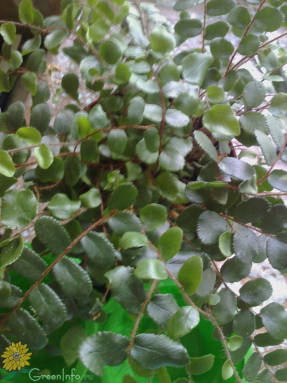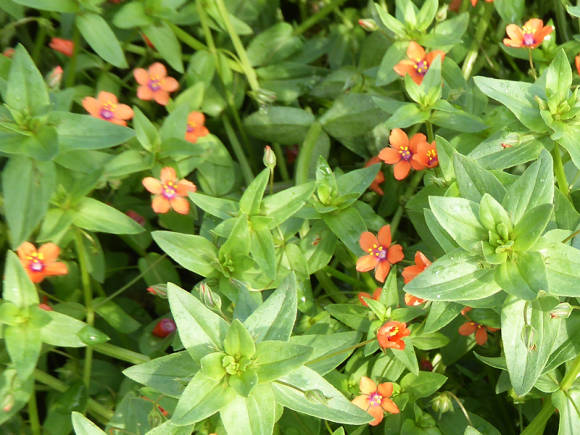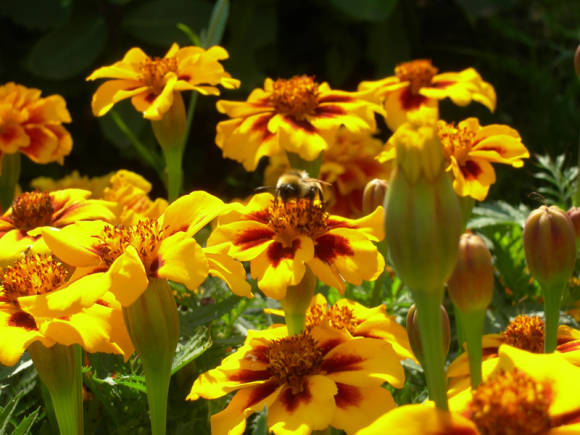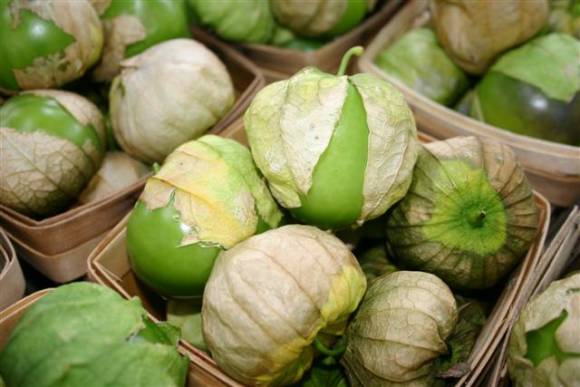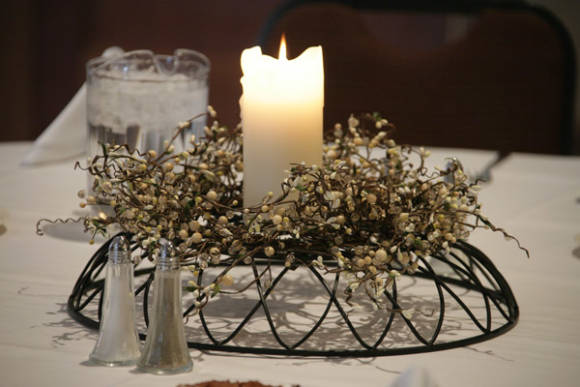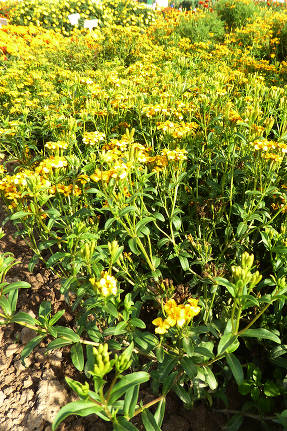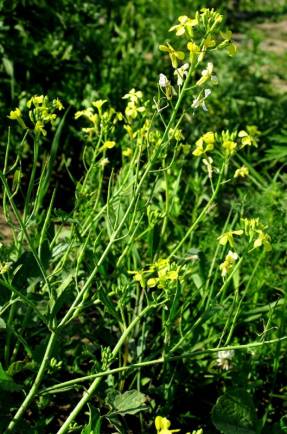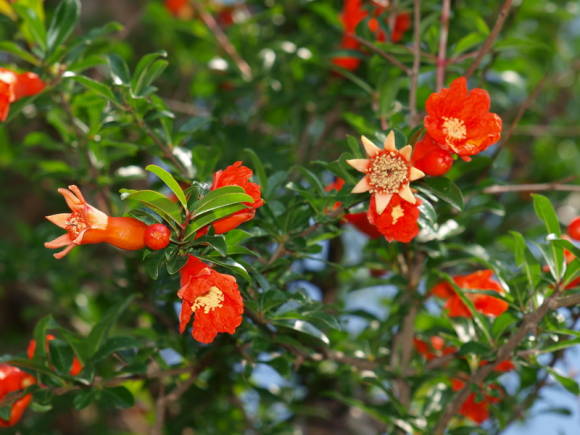Blue fenugreek is an unpretentious, drought-resistant and cold-resistant plant; it can be grown by direct sowing of seeds in open ground not only in the Non-Black Earth Zone of Russia, but also in more northern regions.
To grow this fenugreek, you need a place well lit by the sun and protected from the north wind.
Blue fenugreek prefers loose, well-cultivated, fertile soils.
The best predecessors for it are potatoes, early grains, and vegetables for which organic fertilizers were applied.

Sowing blue fenugreek seeds
In the spring, with the onset of stable heat, blue fenugreek seeds are sown on a plot prepared in autumn in rows to a depth of 1.5 cm. The row spacing is up to 50 cm. Then the soil is lightly rolled. Seeds begin to germinate at + 10 ° C, but normal development is observed at + 20 ... + 25 ° C. Seedlings appear a week after sowing.
In the phase of two true leaves, crop thinning is carried out, leaving a distance of 7-10 cm between the plants.After the appearance of lateral shoots, re-thinning is carried out, leaving 15-20 cm between the plants.
Blue fenugreek care
Further care of the plant consists in watering, weeding and regular loosening of the soil. Loosening must be carried out constantly, especially after watering and rains until the rows close in the garden. During the period of active growth, before setting the fruits of the plant, it is advisable to water moderately. To preserve moisture and air permeability, the beds are mulched.
During the period of budding and fruit setting, fertilizing with phosphorus-potassium fertilizers is carried out. Nitrogen fertilizers do not need to be applied, since the root system of fenugreek is able to fix nitrogen in the soil, and an excess of nitrogen will contribute to excessive growth of green mass to the detriment of flowering and setting of beans.

When sown in mid-May, blue fenugreek blooms in July. Ripening does not occur together, the first seeds ripen two months after the beginning of flowering. Flowering usually lasts about 3 months, so in central Russia there is not enough time for the ripening of the last fruits.
After setting the beans, watering the fenugreek is reduced, and as it ripens, they stop altogether.
Blue fenugreek crops are usually not affected by pests and diseases.
Harvesting blue fenugreek
They start harvesting when 2/3 of the beans are brown. From blue fenugreek, you can collect not only beans, but also the tops of the inflorescences, which are subsequently dried and crushed. After harvesting, blue fenugreek grass can be prepared for hay for feeding livestock.
In the Caucasus and Europe, the whole plant is used in cooking, in Asia - mostly mature beans with seeds. In our climate, it is better to use the European version and harvest the entire leafy part of the plant at the beginning of seed ripening.
Drying is carried out only in a dark place, in the light the raw material burns out very quickly and, although the smell does not change, the appearance is very spoiled. Seeds are best harvested from the lower inflorescences. As with all legumes, seeds lose their germination by the end of the 2nd year of storage.
Read also the article Blue fenugreek in cooking
